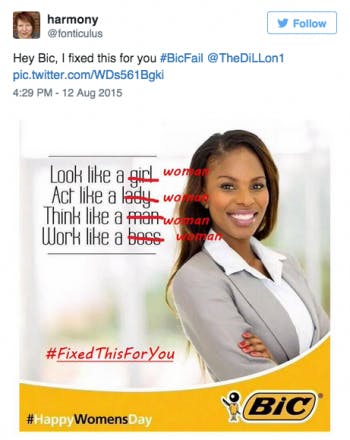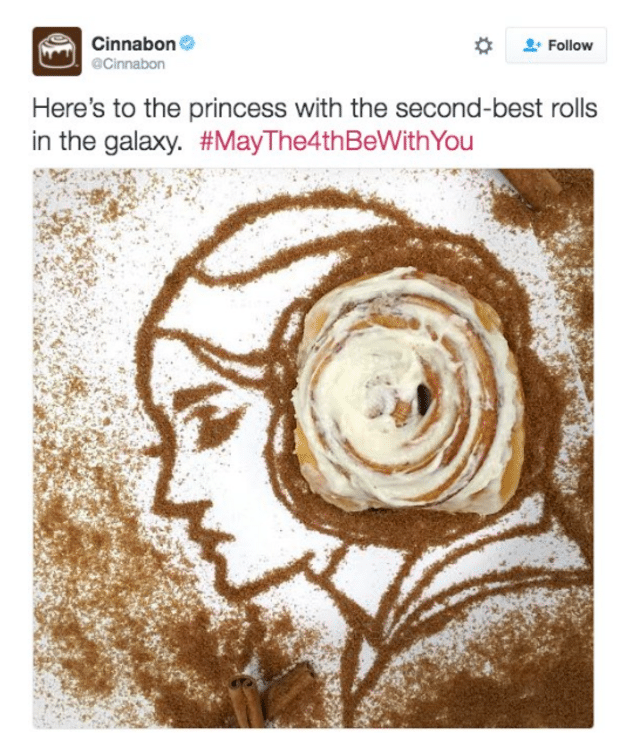At its best, digital advertising is an art of rhetoric.
The most impactful ad campaigns evoke strong emotions in its audience, while thought leadership adverts inspire us to take action. It’s unfortunate, therefore, that so many ads are devoid of these.
Like a certain someone crying fake news on Twitter, so many ads lack the context or clarity to engage audiences in a positive way. From simple grammar mistakes to cringe-worthy copy, there’s a lot that poorly worded ads have in common with the United States’ soon-to-be former President.
From Airbnb’s passive aggressive campaign on hotel taxes to Bloomingdale’s creepy ads copy condoning drink spiking, businesses big and small regularly miss the mark when it comes to provoking the right response from an audience.
If you’re keen on provoking the right response, here are some telltale signs that your ad is as coherent as a Twitter diatribe.
Misplacing Messages
Ignorance isn’t bliss when creating an ad.
Unlike for Donald, misreading a situation and then addressing it through social media can be disastrous PR for a company.
Pen manufacturer BiC took to Twitter to show support for female leaders on International Women’s Day. And its intentions were probably good. However, a lack of understanding for the purpose of Women’s Day made them seem out of touch and fairly ignorant, instantly creating a backlash against the company.

The campaign even provoked a witty put-down from one sharp follower:

The Solution: Know what you’re talking about and who you’re addressing. Particularly when dealing with topics of high socio-political consequence, make sure your awareness of the facts and environment around the subject is second to none.
Poor Taste
Like a fine wine, your advert should get better each time you see it. Not worse.
There are endless examples of ad campaigns making powerful statements so that their audiences are obliged to engage. So many of them, unfortunately, force engagement for the wrong reasons.
The World Wildlife fund really dropped the ball when trying to illustrate the impact of an Asian tsunami. The non-profit decided that comparing the death toll of the tsunami to the 9/11 terrorist attacks struck the right cord with its target viewers. Needless to say, it didn’t.
We still can’t believe this got past WWF’s (more like WTF) advertising and marketing departments.

The Solution: Before putting your ad live, take a step back and think. Striking a strong emotional response from viewers is not necessarily bad, and can be effective at encouraging action from them. But seeing your ad through the eyes of others is paramount. This is especially true in programmatic advertising, where AI controls ad placement and often misses context.
Awful Timing
Being out of the loop with what’s happening in the world is an absolute PR sin. Especially when it comes to sensitive events.
Incredibly, Cinnabon completely lost the plot with their tribute to Star Wars’ Carrie Fisher when she died suddenly on a plane journey home. A horrific attempt at some tongue and cheek humor put Cinnabon up a certain creek with millions of its Twitter followers.

The Solution: Tow the line when it comes to incorporating jokes into your ads. Light-hearted and family-friendly humor is typically fair game, but remember that there’s a difference between your personal social media and your business’.
The Bottom Line
Digital ads on social media are powerful tools for capturing the minds and hearts of an audience.
It’s important, therefore, to show that you’re empathetic to current world affairs. Don’t be a Donald. Be inspirational, and show that you’re savvy to sensitive situations.






